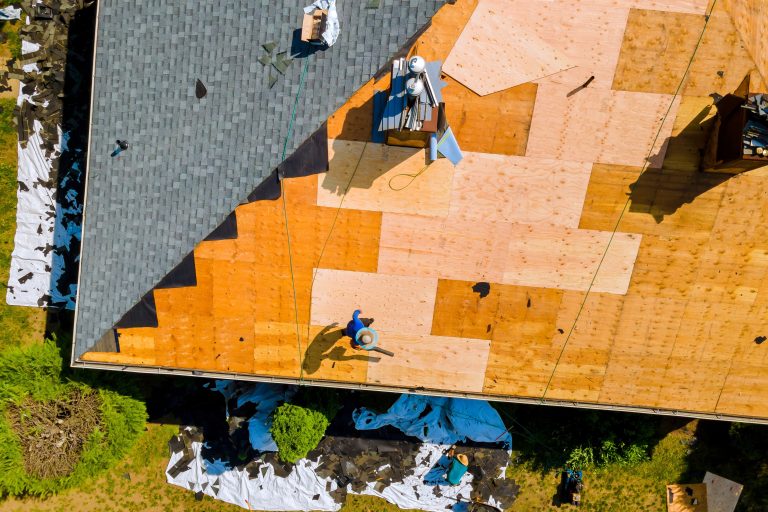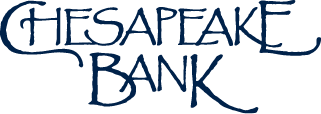Homeowners across the nation are receiving letters from their insurance companies warning that their 15–20+ year-old roofs may no longer be fully covered—or worse, their policies may be canceled.
Impact:
With only 59% of Americans able to cover a $1000 emergency, according to a 2025 Survey by Bank Rate, this notice is putting some homeowners at risk for heightened financial stress.
As your neighbor and personal banker, we want to educate you about your options.
Assessments:
There are many ways an insurance company can tell the age of a roof. Property records and
Building permits are both public records, while the buying or selling of a home most often requires an inspection. Additionally, with the use of technology many insurance companies can now use drones to assess the age or potential issues with a roof.
What are Insurance Carriers are looking for:
Insurance carriers are most concerned with the age of a roof, damage, and deterioration, such as curls or cracks in shingles, sagging rooflines, raised shingles from nail pops, stains, or even granular asphalt loss.
A 3-tab shingle can be a quick visual indicator that a roof may be a potential risk. The style was most popular between the 1930’s through the early 2000’s. A home with this style roof in place could be one from this period which would make it older than the average 15–20-year lifespan of most shingle roofs.
Keep in mind, not every aging roof is a bad one. And one that shows any of these signs does not necessarily indicate a problem.
The cause for concern:
Your roof is one of your home’s primary sources of defense and protection. Once the defense is weakened, your roof becomes less able to withstand moisture, weather, and other threats—resulting in more claims heightened expense for all parties. Water damage being at the top of the list when it comes to insurance claims.
In an effort to mitigate risk and compensate for the increase in claims with an older roof, insurance companies might:
- Advise a homeowner to replace the roof.
- Tighten underwriting standards, either limiting coverage, or choosing not to insure homes with roofs of a certain age or condition.
- Only offering the actual cash value (ACV) of a roof rather than the full replacement value if a claim was needed.
- Increase premiums to cover the potential increase.
Here’s what you can do to protect yourself:
- Review your current policy: Understand what’s covered and what’s not.
- Get a roof inspection: A certified roofer can assess conditions and either provide a quote that will help you with a savings plan or if the roof is in good standing, the documentation may restore coverage options with your insurer.
- Document everything: Photos, repair history, inspection reports.
- Explore other insurance providers: Some insurers may offer coverage with higher deductibles or different terms, while others have different criteria and your roof may not be at the top of their list.
- Learn the difference between the four Rs: Whether your roof needs to be resealed, resurfaced, repaired, or replaced – and then before doing any work, confirm with your agent which option(s) will satisfy concerns or remain protected with your policy.
- Talk to your insurer: Ask about grace periods or alternative coverage options, and any work you’re considering. They may even be able to recommend contractors for the work needed.
- Never buy a home without an inspection, even if the roof was recently replaced.
- Take care of regular roof maintenance: Trim limbs, clean gutters, remove leaves, sticks, and other debris; check flashing and seals around chimneys, vents, skylights, and valleys; look for water stains and changes in shingles (like cracks, and raised or torn places)
“In our ever-changing insurance environment, it is good to have a professional guide to help you protect things you have worked so hard for.” John Smith, Personal Insurance Advisor, Bearing Insurance
How Chesapeake Bank can help:
Facing a roof replacement isn’t easy—especially when it’s unexpected. But with the right advice, financing, and support, you can protect your home and your peace of mind. Financial solutions we recommend are:
- Home Equity Loans and Credit Lines:
- Home Equity Loans (also known as Heloans) are often the best lending option using the equity of your home. They include principal and interest payments, a fixed rate, and can go up to a 15-year term.
- Home Equity Lines of Credit (HELOCs) also use the equity in your home, but they function more like a credit card—allowing you to borrow as needed, up to a set limit, during the draw period. Once the draw period ends, any remaining balance becomes due in full. HELOCs typically come with a variable interest rate and are best suited for those who need financial flexibility and understand the potential impact.
- Affordable Home Loan and Grant Programs: There are a variety of programs available to consumers that either offer grants to offset the cost or special terms and rates. There may be age or income requirements to qualify for certain programs, but many are designed with veterans, first-time home buyers, or other individuals in mind. *Note: Funds do run out but can be replenished at different points in the year.
- Savings and Planning Tools – We offer a variety of calculators, coaches and savings tools through our Banzai Partner to help you meet your financial goals, and experiment with different scenarios.
Additional Considerations:
- Finding Extra Cash: This may be a great time to take on an extra shift or second job to earn money. Alternatively, you may have things that you can sell that will help you reach your goal.
- Check with employer: Employers are starting to offer surprising benefits to help their employees through big decisions and changes. Grant programs, loans, employee assistance, and even financial counseling might be available through yours.
- As a last resort, your investments could help. We never want to advise someone to touch investments as your future deserves protection, too. However, in certain situations, some investment accounts—may offer provisions for hardship withdrawals or loans, of which home repairs can be included. Please note: Accessing funds early usually comes with fees, penalties, and tax implications that could significantly reduce the value of your investment, potentially costing as much as the repair you’re trying to cover. So, tread carefully. Make sure you fully understand the financial impact (now, at tax time, and later) and explore all other alternatives first. Always consult with a financial advisor before making any decisions.
We’re here to help:
Whether you need a solution now or a plan for the future, Chesapeake Bank and Bearing Insurance are here.
Contact Chesapeake Bank’s Solution Center at 877-436-9032
Contact John Smith at Bearing Insurance at 703-656-6983
*Note roofs of other materials may have different considerations.


